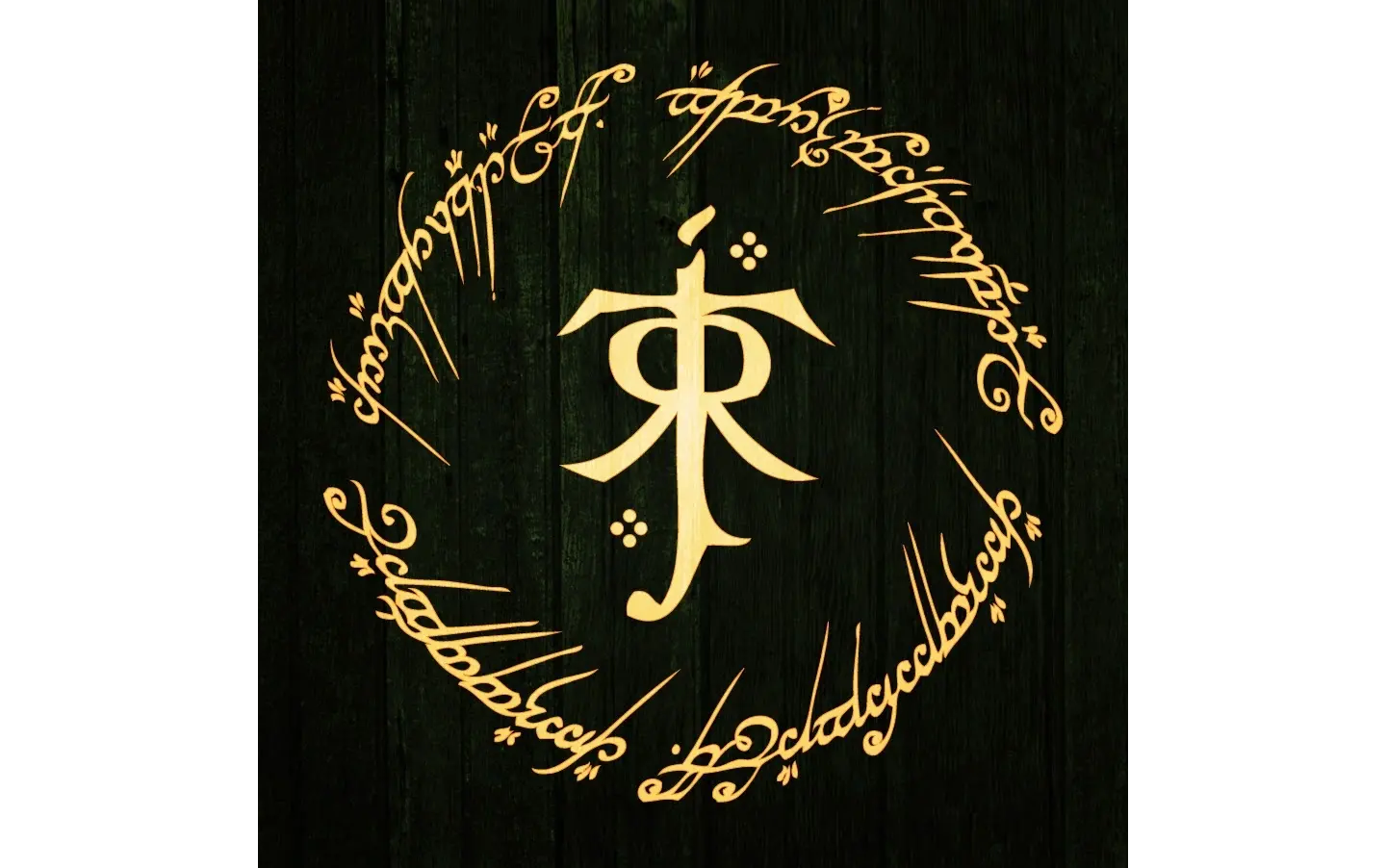

Simply look for the witch to know which is which!


Simply look for the witch to know which is which!


Nice “What Would Nixon Do” sticker he’s got on his laptop, there…


You’ve gotten some great answers already, with the most direct answer to the question you are probably interested in being this one from TropicalDingDong about the Southern Strategy. And then people also commented on the further context in US history of religious fundamentalists from Europe coming to the US, establishing settlements, and “spreading the good word,” so to speak.
But all of that kind of begs the question - how long has politics been mixed up with religion? And from what I’ve read, that seems to date back nearly as far as people can trace human civilization. Namely, all the way back to ancient Mesopotamia. It seems people, from very early on, were quick to identify that politics and religion are very effective tools in exercising control over a population.
https://www.historyonthenet.com/mesopotamian-governments
By the time farming villages had grown into the great Mesopotamian cities, both priests and secular leaders were involved in Mesopotamian governments and in governing the increasingly complex society of a city. The secular leader was called the lugal, the strongman. With specialization of labor—people finding lots of different jobs and tasks to do other than farming work—it made sense to have priests fully involved in keeping the gods happy while the lugal oversaw running the city. This was a crucial step in the forming of Mesopotamian governments.
Gradually the lugal became a powerful king who dominated governance of the Mesopotamian city-state. While most of his duties as king were secular, the king had religious responsibilities as well. He, as well as the high priest, was an intermediary between the gods and the people. Kings participated in religious rituals. Common Mesopotamians considered the king as the representative of the city’s patron god, the god’s overseer on earth, so to speak.
It’s also covered some on the Ancient World podcast, skip ahead to about 7:30 for the part relevant to this post. https://ancientworldpodcast.com/2012/04/episode-1-climb-stone-staircase/


Just had a chance to open the book back up, and from the note on the text by Christopher Tolkien, corrigan is a Breton word for fairy. From the introduction by Verlyn Flieger, she expands a bit more to say:
In the Lay she represents a particular subset of this type [of Celtic seductive otherworldly female figures] called a corrigan, malevolent, sometimes seductive, whose dangerous attraction embodies both the lure and terror, the ‘fear of the beautiful fay’…


That’s a great question, and one I should have probably anticipated, so apologies! In the book, the editor (Verlyn Flieger) gives the context there. I don’t have the book in front of me right now, so I’ll have to paraphrase, but if I’m appealing to brevity of words: it’s a witch.
More specifically, it’s a fey creature that usually lives in a magical part of the woods and lures men to her. Her intent varies, it’s usually one of either a) trying to get the man to leave a recently-wedded wife in order to marry the corrigan, or b) trying to get a recently-married man to promise a future child or children. She can shape-change from an ugly form into a more beautiful one to help trick her victim.


Thank yod someone finally said it!


I mean, the article refers to them having “retrieved ‘non-human’ biological matter from the pilots of the crafts.” It seems somehow even more farfetched to assume it was animals flying a UAP than aliens or some future descendant of humanity, at least to me. There’s a Gary Larson comic for this though, I’m sure.


The Dark Tower series for me. I enjoyed Stephen King as a teenager, but had never read any of the Dark Tower books until a few year ago when a friend gave me a copy of The Gunslinger. And I really enjoyed it! It’s a quick read, I thought it was compelling enough to start working through the rest of the series. I made it through book 2, a little slower of a pace but I made it, book 3 was the same I feel like, maybe it dragged a little more even. By the first few chapters of book 4 , I just wasn’t having fun with it any more and put it down.


Presently working through 2 books:
The Silm is a reread, and I’m in the Flight of the Noldor section early on so stuff is about to get real in Alqualonde. Arthur, though, is a first for me, and it’s been a fun ride so far. It’s really easy to imagine it as a Monty Python sketch in a lot of parts, just with how over-the-top it leans into the pomp and chivalry of being a Knight of the Round Table.
Let him wait as long as he wants to wait. In detention though.